Tutorials
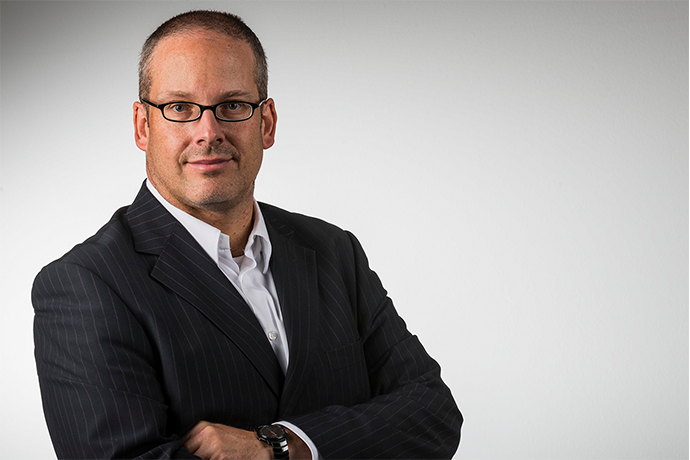

Heraklit: Modeling computer-integrated systems in the era of "digital first"
video talk of this tutorial
Presenters: Prof. Dr. Peter Fettke, University of Saarland and DFKI & Prof.em. Dr. Wolfgang Reisig, HU Berlin
Tutorial - 105
Currently used infrastructures for modeling computer-integrated systems are no longer up to future requirements. Heraklit framework offers substantially more far-reaching concepts, methods and best practices. Various case studies demonstrate the central concepts and benefits of Heraklit. This tutorial presents the central concepts of Heraklit by means of a case study. Also, an outlook on analysis and optimization techniques for Heraklit models will be given. Finally, we present Heraklit as a technique to enable systems mining, the next step after data mining and process mining.
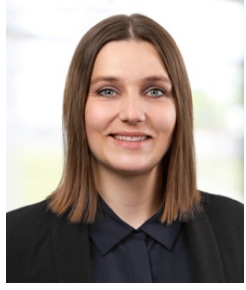
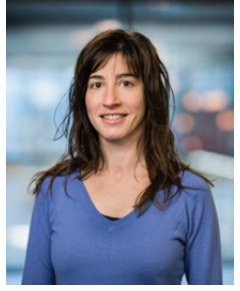
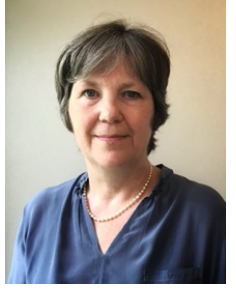

Teaching Conceptual Modeling in the Light of Learning Paradigms
video talk of this tutorial
Presenters: Dr. Kristina Rosenthal, University of Hagen & Prof. Dr. Estefanía Serral, KU Leuven & Prof. Dr. Monique Snoeck, KU Leuven & Prof. Dr. Stefan Strecker, University of Hagen
Tutorial - 107
Teaching conceptual modeling is a complex and challenging task faced by didactic and practical challenges. This tutorial aims to introduce ideas for teaching conceptual modeling based on learning paradigms—allowing practitioners to tie in with the large body of knowledge from the learning sciences in their teaching of conceptual modeling.
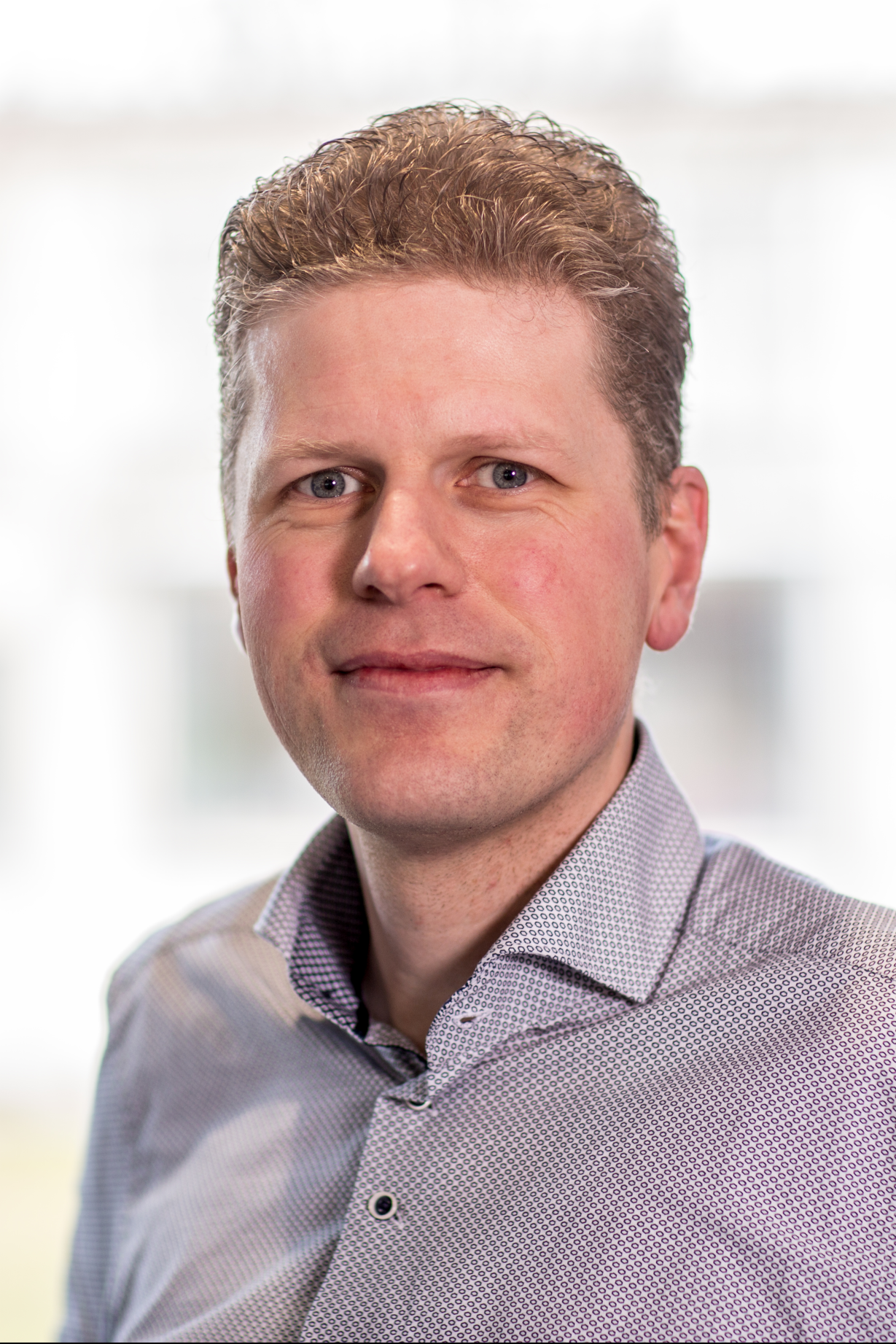
Modeling Knowledge-intensive Processes
video talk of this tutorial
Presenters: Prof. Dr. Rik Eshuis, Eindhoven University of Technology
Tutorial - 104
Modern organizations deliver increasingly complex, intelligent products and ser- vices in areas like manufacturing, logistics and health. Examples range from self-driving cars to advanced medicinal therapeutical products, and from pre- dictive maintenance services to customized financial services. Such intelligent products and services are developed and delivered in business processes that are knowledge-driven. These knowledge-intensive processes (KiPs) are performed by knowledge workers, i.e., experts that solve non-routine problems. Managing KiPs is challenging: they are unpredictable, semi-structured, adap- tive, and have a high variability. At the same time, knowledge-intensive processes can be costly to perform, since they rely on scarce, expensive experts and can involve expensive resources, e.g. capital assets. While modeling techniques for routine processes has been well established, the emergence and rise of knowledge- intensive processes demands for alternative solutions. The tutorial has two main goals. The first goal is to introduce ER participants to the conceptual foundations of KiPs and how to model KiPs using the industry standards Case Management Model and Notation (CMMN) and Decision Model and Notation (DMN). The second goal of the tutorial is to introduce two active research areas for KiPs: how to handle variability for KiPs and how to guide knowledge workers in performing KiPs. This way, the tutorial gives participants an overview and roadmap into the emerging research area of KiPs.


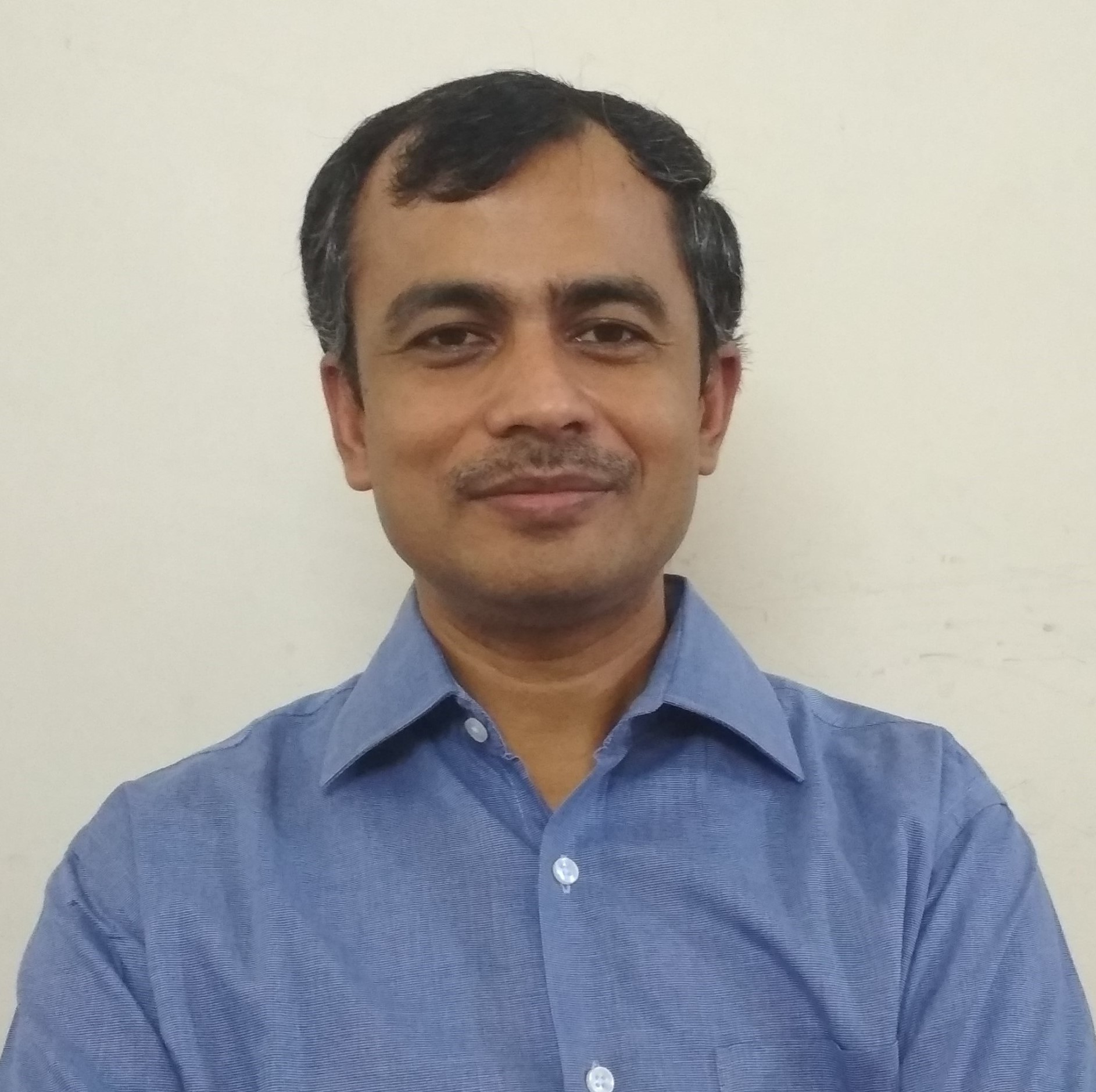
A Model Based Approach to Simulation and Digital Twins
video talk of this tutorial
Presenters: Prof. Tony Clark, Aston University & Prof. Balbir Barn, Middlesex University & Souvik Barat, TCS Research
Tutorial - 108
We live in a hyperconnected world where systems must deal with unforeseen situations. Connectivity produces systems-of-systems whose scale makes it challenging to create a single design with a fixed centralised behaviour. The design, deployment and maintenance of such systems is increasingly a problem.
Systems must be engineered to accommodate uncertainty through dynamic adaptation. This can be achieved at inception by engineering for adaptation (endogenous) and by digital twins that measure differences between reality and objectives leading to corrective actions (exogeneous).
Such a view is enabled by organising systems or twins as a collection of communicating agents. Traditional systems represented in this way would implement each agent behaviour machine as a function whose range is a new state and associated output messages. The key enabler is to view an agent behaviour as a relation such that a single event can produce a set of possible actions so that systems have sets of local and global behaviours. At least one of the possible behaviours is consistent with the goal. The challenge is to select the right behaviour through simulation or incremental adaptation. Organising and interacting with systems in this way supports the discovery of effective behaviour.
This tutorial will introduce the participants to the approach outlined above. It will include a review of the need for Digital Twins in the context of complex system development, the approach is motivated by a conceptual model for twins as simulations that can achieve adaptation through learning. The tutorial will be supported using a technology platform that implements the concepts.
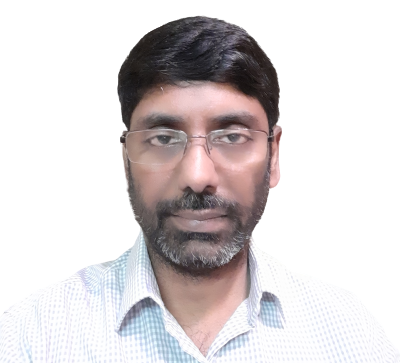
Modeling for Materials Engineering
video talk of this tutorial
Presenters: Prof. Sreedhar
Tutorial - 106
Materials engineering involves playing with compositions and processes to engineer the right microstructure in a material to meet the performance requirements of end products. Today this involves a lot of trial-and-error based experimentation, leading to long cycle times. A new paradigm called integrated computational materials engineering (ICME) aims to significantly accelerate this process by providing a platform for integrated engineering of materials, products and processes through in-silico experimentation using modeling and simulation, domain knowledge and machine learning. We present the conceptual modeling framework underlying this platform where we can model materials, products and processes at multiple levels – meta, subject and instance - in an integrated manner. While the meta models are pre-built into the platform, subject models are first class, enabling application specific design subjects (material, product or process) to be added on a need basis. The layered modeling enables knowledge to be captured at different levels of abstraction, enabling reuse across subject areas. We believe many domains have these levels, and by carefully modeling these levels, it is possible to engineer domain specific platforms that are inherently extensible, where knowledge of previously solved problems can be systematically exploited when solving new problems. The tutorial hopes to bring out these aspects and give the audience an idea of how to go about modeling such systems.
